 The official part of the second day got underway with a panel that brought together William J. Harris, Howard Rambsy II and James Smethurst. That's Howard and Billy Joe Harris standing with presenter Salim Washington in one of these photos; you see them again with Jim Smethurst at the conclusion of their panel in another photo lower down. And of course, that's Rutgers' Cheryl Wall smiling out at you here:
The official part of the second day got underway with a panel that brought together William J. Harris, Howard Rambsy II and James Smethurst. That's Howard and Billy Joe Harris standing with presenter Salim Washington in one of these photos; you see them again with Jim Smethurst at the conclusion of their panel in another photo lower down. And of course, that's Rutgers' Cheryl Wall smiling out at you here:


Harris's talk was titled "Larrry Neal's Folkloric Frame of Mind," a topic that brought Neal's early interests in folklore, cultivated during his student days at Penn, together with the aesthetic theorizing from the more familiar period of his work. Rambsy delivered a careful airing of Neal's recovery of Zora Neal Hurston and Ralph Ellison, two figures about whom Neal's thought evolved significantly across his career. Neal is seldom given as much credit as he deserves for the recovery of Hurston, who was for the most part out of print and forgotten by many when Neal first began to write and speak about her works. Smethurst, continuing the work of his recent book on the Black Arts Movement, provided a useful history of Neal's participation in the Muntu Circle and its relevance to emerging black Arts ideology.
Here you see Eleanor Traylor, who delivered the closing address, and Fahamisha Brown, who I encounter at poetry conferences all over the country.

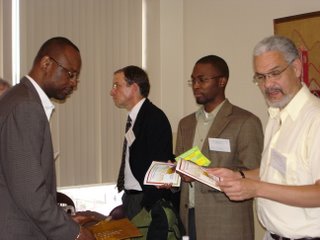 The afternoon panel, chaired by Marcellus Blount, brought talks by Margo Crawford (seen here), who addressed "Larry Neal's Post-Double Consciousness Dream," Salim Washington, who, while analyzing Neal's "Musical Visions of Struggle and Freedom," was the third presenter to offer a consideration of Neal's controversial review of Albert Ayler's NEW GRASS album, and Carter Mathes, one of the conference organizers, who discussed "The Aesthetic Contours of Larry Neal's Black Radical Critique."
The afternoon panel, chaired by Marcellus Blount, brought talks by Margo Crawford (seen here), who addressed "Larry Neal's Post-Double Consciousness Dream," Salim Washington, who, while analyzing Neal's "Musical Visions of Struggle and Freedom," was the third presenter to offer a consideration of Neal's controversial review of Albert Ayler's NEW GRASS album, and Carter Mathes, one of the conference organizers, who discussed "The Aesthetic Contours of Larry Neal's Black Radical Critique."

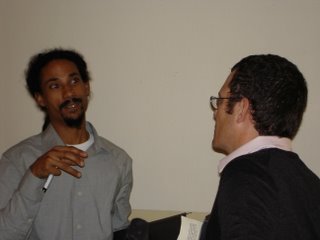 That's Carter in conversation with Mike Sell.
That's Carter in conversation with Mike Sell.
The day concluded with remarks from Mae Henderson, Carter Mathes and George Cunningham, and a final, dramatic flourish of appreciation from Howard University's show-stopping Eleanor Traylor.
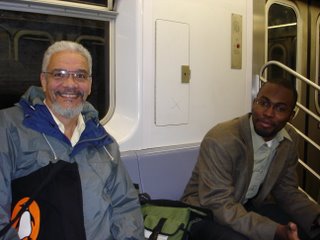
Then it was back to the subway, this time in the company of old friends Billy Joe Harris and Howard Rambsy. These are two jazz-loving, literature reading, smart as a whip guys, and I always enjoy their company. Billy Joe and his wife, Professor Susan Harris (University of Kansas), are long-time Brooklyn habitues, and they had generously invited us to meet them for drinks and dinner after the conference. The Brooklyn night was turning cold, but we found a warm spot on the roof of a Mexican restaurant and had a wonderful closing to our day.
This is, left to right, Howard Rambsy, Billy Joe Harris, Susan Harris, and the Harris's daughter, Kate, recently graduated from Tufts University and now working in New York.
 Next episode, final night of the Larry Neal conference at the Schomburg Library.
Next episode, final night of the Larry Neal conference at the Schomburg Library.





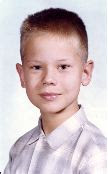









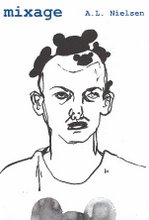

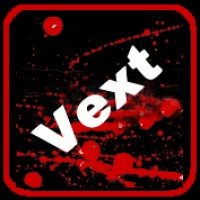


No comments:
Post a Comment